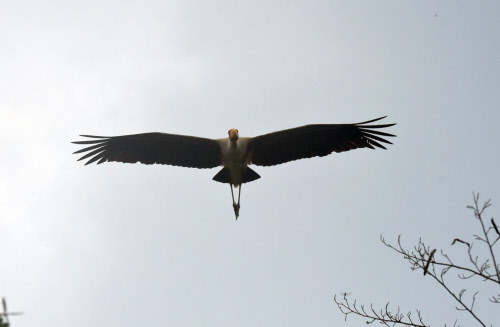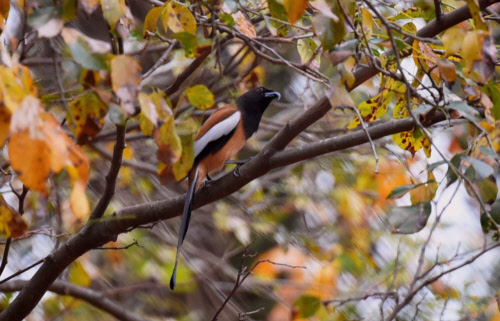#WorldMigratoryBirdsDay: Here’s How Birds Use Earth’s Magnetic Field to Navigate Long Distances
https://weather.com/en-IN/india/environment/news/2021-05-07-how-birds-use-earth-magnetic-field-to-navigate-long-distances
(https://weather.com/en-IN/ind... class="Emoji" style="height:16px;" src=" https://abs.twimg.com/emoji/v2/... draggable="false" alt="📸" title="Kamera mit Blitz" aria-label="Emoji: Kamera mit Blitz">: IANS)
https://weather.com/en-IN/india/environment/news/2021-05-07-how-birds-use-earth-magnetic-field-to-navigate-long-distances
(
Every spring and fall, the migratory birds undertake long journeys of thousands of kilometres across continents and oceans, in search of suitable habitat and ideal climate for breeding, food, and shelter.
Out of all the bird species found on Earth, over 10,000 of them are known to migrate to different lands to find the best summer breeding and wintering grounds. Birds typically use flight paths in their long annual sojourn—usually north-south routes—which are known as flyways.
But have you ever wondered how these winged creatures know where they have to go? On this #WorldMigratoryBirdDay, we look at what makes the birds so adept in finding the perfect route to safely land at their desired location without fail, every single year.
Navigation using magnetic fields
Experts have suggested that migratory birds use cues from the positions of the celestial bodies like the Sun, the Moon, and the stars. Moreover, some firmly believe that they use the Earth’s magnetic field to find the best routes...
Experts have suggested that migratory birds use cues from the positions of the celestial bodies like the Sun, the Moon, and the stars. Moreover, some firmly believe that they use the Earth’s magnetic field to find the best routes...
...for their expeditions. In terms of the latter, we now have a plethora of studies that indicate how various features nestled in the organs of the birds pave the way for them to visualise the planet’s magnetic field.
The potential to visually perceive the Earth& #39;s magnetic field is known as magnetoreception, and it is used by many animals for navigational purposes. The ability mostly relies on the presence of the blue wavelength of light.
One scientific study has estimated that the birds have a special protein in their eye, which helps them visualise the magnetic field. This protein, known as Cry 4, helps migratory birds like robins and zebra finches to travel long distances.
It acts as a filter and belongs to the class of cryptochrome, which is highly sensitive to blue light.
Another recent study published in the journal Current Biology has revealed how the birds generate a magnetic map in their mind to navigate long distances—even the ones they have never previously encountered.
The research indicates that the birds see the grid formed by the Earth’s magnetic field in order to navigate north-south and east-west. Besides birds, turtles are also known to have a sense of the magnetic field, and likewise...
...experts are still trying to decode how they hone this ability. It is a wonderful function to be able to sense the Earth’s weak magnetic fields, and for now, it continues to be a lasting enigma of bird’s behavioural biology.

 Read on Twitter
Read on Twitter






